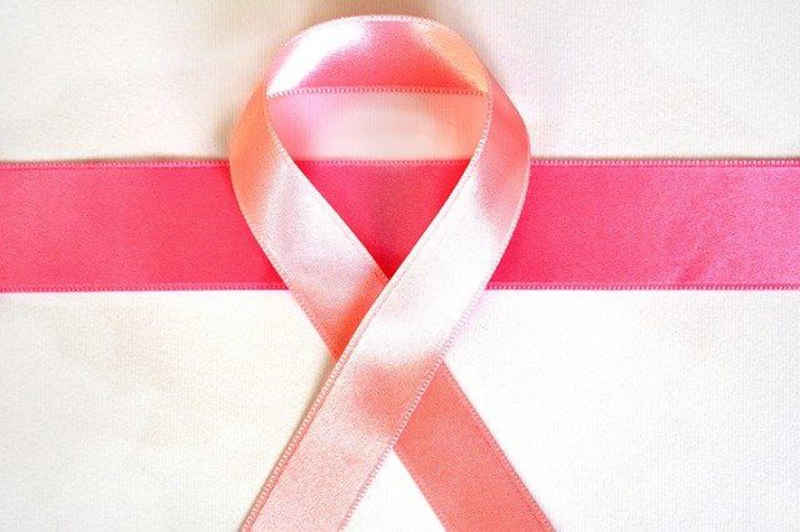The Importance Of Targeting Skin Cancer And Reducing Its Effects
Statistics on skin cancer in Australia do a scary reading. According to available reports, two out of every three Australians will have skin cancer by the time they turn 70. The same report states that this cancer makes 80% of all types of cancer in Australia. Worse, the incidence of this disease in Australia is 2-3 times of Canada, the United States and other western countries. In 2016, nearly 2000 Australians died of skin cancer.
Given the extremity of this situation, how can we be more vigilant about this life-threatening disease?
What is Skin Cancer?
This cancer happens when our skin cells are overexposed to the ultraviolet rays of the sun. Broadly, there are three kinds of skin cancer. These are:
- Basal skin carcinoma- This cancer occurs in the lower part of the outer skin. The more common places where basal skin carcinoma occurs are neck, arms, head, face, shoulders and the back.
- Squamous cell carcinoma- This cancer occurs on the top layer of our outer skin. The more common areas of this cancer are legs, hands, thighs, and the neck. Squamous cell carcinoma spreads to the other parts of the body over several weeks.
- Melanoma- This is the most dangerous form of cancer and occurs in those body parts that have been overexposed to the sun. Men are more prone to melanoma than women. According to some stats, the risk of melanoma in Australians above 85 is 1/13 (men) but 1/22 in women, Rare melanomas can occur in eyes and those body parts which have never been exposed to the sun.
Causes:
Most skin cancers occur when our skin is overexposed to the ultraviolet rays of the sun. This causes our skin cells to multiply and later metastasize.
What are the Symptoms of Skin Cancer?
1) Melanoma: Most melanomas show no early signs. In some cases, a melanoma may manifest as a change in the size and appearance of a mole. Its color might change, or the mole may become blotchy. That mole might develop irregular border overtime or increase in height, or that particular mole may advance on an elevated area. If your mole gets itchy or starts to bleed, then it is time to consult cancer specialists like Sundoctors.
2) Basal Skin Carcinoma: This skin cancer shows no symptoms and develops slowly. There are chances of it spreading to other parts of the body. However, you can still find out if you have basal skin carcinoma if you see these two signs- a pearly lump on your skin and a patch of skin which is scaly and dry but is pinkish.
3) Squamous Cell Carcinoma: This cancer accounts for 30% of all non-melanoma skin cancers. It shows the following symptoms:
- There is a red, scaly spot, which may also have a thick appearance on your skin
- This spot proliferates in size
- You have a place on your skin that looks like an unhealed sore
- It is too tender to touch and upon touching, hurts
Please consult a doctor upon detecting these symptoms.
How to prevent Skin Cancer?
There are at least six tips for you to avoid or prevent cancer. Which are these?
- Stay in the shade, particularly from 10 am to 4 pm. Don’t wander too much in the sun.
- Though getting sunburnt is a fashion, avoid it,
- Like sunburning, many people like the idea of tanning too. Avoid tanning of your body and stay away from tanning beds.
- While walking or working in the sun, cover up yourself with a broad hat. Don’t expose your legs, arms etc. to the sun.
- Apply sunscreen to your body at least 2 hours before going out in the sun.
- Check your skin every month and consult a dermatologist regularly.




